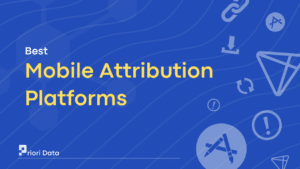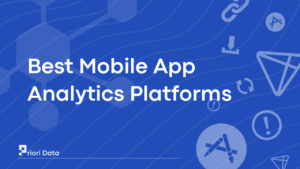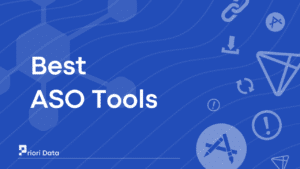If you are a marketer, then launching an app must have been on your bucket list. It is an exciting, yes, quite a challenging dream. You spend months or even years researching on building a great app and now you are looking to launch your passion project.
This all sounds good on paper, but in today’s crowded mobile app marketplaces, positioning your app in the market poses a real challenge.
Why?
Well, with over 2.5 million apps on the Google Play Store and around 2 million on Apple’s App Store, making your app visible is a tough nut to crack.
This leads you to think – How can I improve my app’s visibility and increase downloads?
Well, the solution is App Store Optimization.
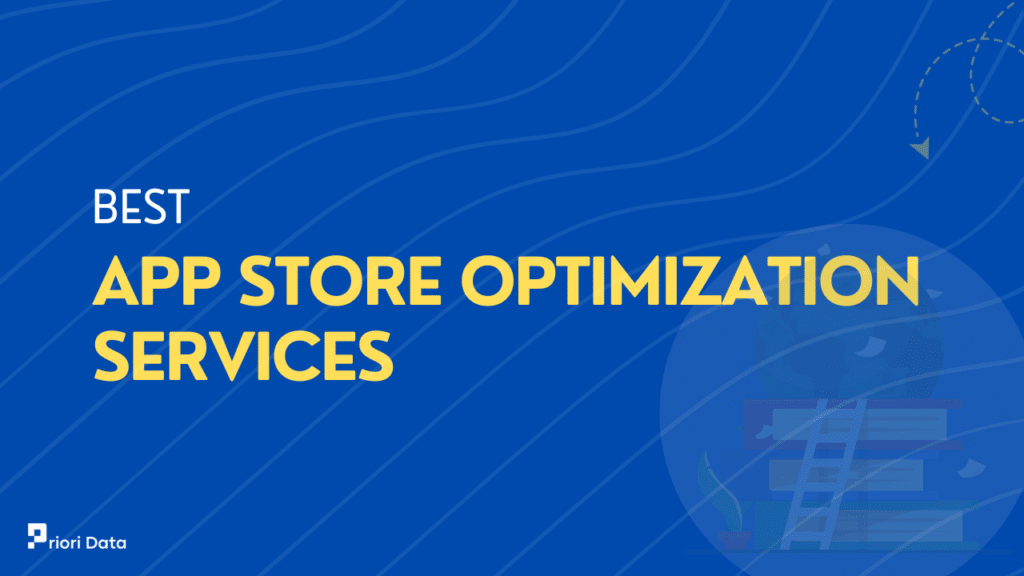
What is App Store Optimization?
App store optimization (ASO) refers to the process of improving the visibility and conversion of your app in app stores through optimization. The goal is to help users discover and download your app more easily.
It focuses on optimizing an app’s metadata and other essential things like app title, description, keywords, screenshots, icons, and more
It also takes into account user reviews, ratings, and downloads to provide users with the best possible experience that convinces them to download the app.
The overall result is increased organic discoverability which drives more high-quality users who continue to use the app.
What are the benefits of ASO and Why is it Important?
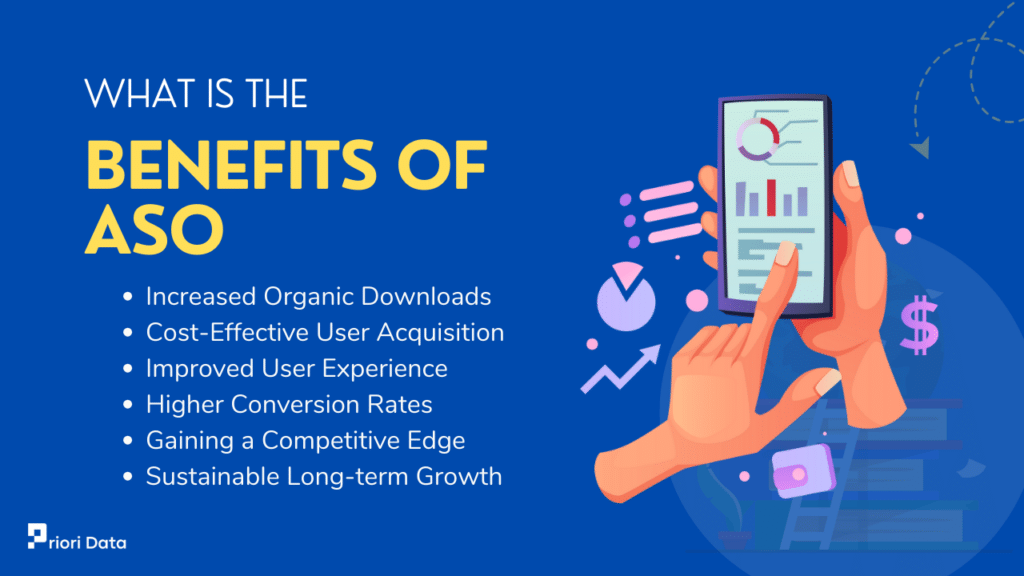
Increased Organic Downloads:
When an app ranks higher in search results or is featured in the app store, it becomes more visible to potential users.
This increased visibility often leads to more organic downloads, as users are more likely to download apps that appear at the top of their search results.
Cost-Effective User Acquisition:
Unlike Apple search ads or Google ads, ASO is a cost-effective strategy for user acquisition. It relies on optimizing the app’s store listing to attract users.
This includes refining the app title, keywords, description, screenshots, and other metrics. Once optimized, these elements organically attract new users without any recurring costs.
Improved User Experience:
ASO isn’t just about attracting users; it’s also about providing them with the right information. A well-optimized app listing gives potential users a clear understanding of what the app offers.
This clarity can lead to higher retention rates, as users are more likely to download apps that meet their expectations.
Higher Conversion Rates:
ASO can lead to better conversion rates from views to downloads. By optimizing the app’s metadata and visuals, developers can create a more appealing and persuasive app store page. This can encourage more users to download the app after viewing its store listing.
Gaining a Competitive Edge:
The app market is highly competitive, with millions of apps available across different platforms. ASO helps apps stand out in a crowded marketplace.
By optimizing for relevant keywords and trends, an app can surpass its competitors in search results, gaining more visibility and downloads.
Sustainable Long-term Growth:
Unlike short-term marketing campaigns, ASO offers sustainable growth.
Once an app is well-optimized, it can maintain a high ranking over time, continually attracting new users with minimal ongoing effort.
What is the difference between ASO for Apple’s App Store and Google Play Store?
The Apple App Store and Google Play Store are the two largest platforms for mobile app distribution, but they operate differently.
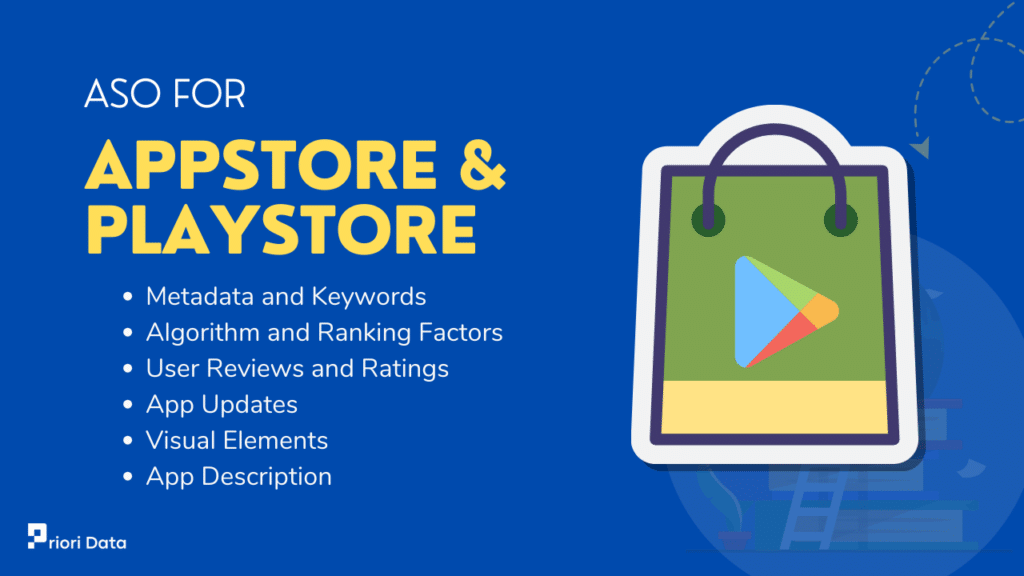
The Apple App Store is known for its strict submission guidelines and quality control, whereas the Google Play Store has a more flexible approach but relies heavily on algorithms for app ranking.
Here are the key differences in ASO Strategies:
Metadata and Keywords:
Apple App Store: The App Store has a 100-character keyword field, making keyword selection crucial. The title and subtitle also play significant roles in search rankings. The key here is to use concise, relevant keywords.
Google Play Store: Google indexes app titles, descriptions, and even the developer’s name. The keyword field is not present, making the app description a critical area for keyword integration. Here, natural keyword usage within a more extended description is essential.
Algorithm and Ranking Factors:
Apple App Store: Apple’s algorithm seems to prioritize user engagement metrics, such as click-through rate (CTR) and conversion rate, along with download velocity.
Google Play Store: Google’s algorithm is more complex, integrating a wider range of signals, including social signals and backlinks, which are usually not considered in the App Store.
User Reviews and Ratings:
Reviews and ratings are crucial in both stores. However, the way they impact the rankings differs.
The App Store updates review averages more frequently, while the Play Store aggregates them over the app’s lifetime, giving new updates and improvements less weight in the short term.
App Updates:
Apple App Store: Regular updates can positively impact an app’s ranking, as Apple favors apps that are frequently updated and improved.
Google Play Store: Updates are also essential here, but the focus is more on the quality and user response to these updates. Frequent updates without substantial improvements or positive user feedback might not yield the same benefits as in the App Store.
Visual Elements:
Apple App Store: Visual elements like screenshots and videos are critical. The App Store allows up to ten screenshots, and the first three are the most important for ASO.
Google Play Store: Screenshots, graphics, and videos are also important here. Google allows a YouTube video preview, which can be a compelling tool to engage users.
App Description:
Apple App Store: The description is important but not directly used for ASO. It’s more about convincing users to download the app.
Google Play Store: The description is indexed by Google’s search algorithm, making it essential for keyword optimization.
Backlinks:
Google Play Store: Backlinks to the app’s page on the Play Store can improve its search ranking, similar to how SEO works for websites.
Apple App Store: Backlinks are less significant for ranking in the App Store.
Best Practices for Each Platform
| S. No. | Apple App Store: | Google Play Store: |
|---|---|---|
| 1. | Focus on concise keyword optimization. | Integrate keywords naturally in a longer, more descriptive app description. |
| 2. | Prioritize strong visuals and the first three screenshots. | Utilize backlinks and social signals |
| 3. | Regularly update the app with meaningful improvements. | Make use of the YouTube video preview feature. |
| 4. | Encourage positive reviews and respond to feedback. | Pay attention to broader SEO practices |
What is the difference between ASO and SEO?
SEO and ASO are pretty similar in most cases. SEO focuses on the optimization of your website in order to drive more traffic.
In contrast, ASO focuses on app optimization in order to drive more downloads and increase app visibility.
| Differences | ASO | SEO |
|---|---|---|
| Platform | Primarily focused on mobile apps in app stores like Apple’s App Store and Google Play Store | Focuses on optimizing websites for search engines like Google, Bing, etc. |
| Goal | To increase the visibility of a mobile app in an app store’s search results and improve the conversion rate of app page views to downloads. | To increase a website’s visibility in search engine results pages (SERPs) to drive organic traffic to the website |
| Key Metrics | ASO involves app-related metrics like downloads and ratings. | SEO relies on website traffic, backlinks, and on-page content optimization. |
On-Page Ranking Factors
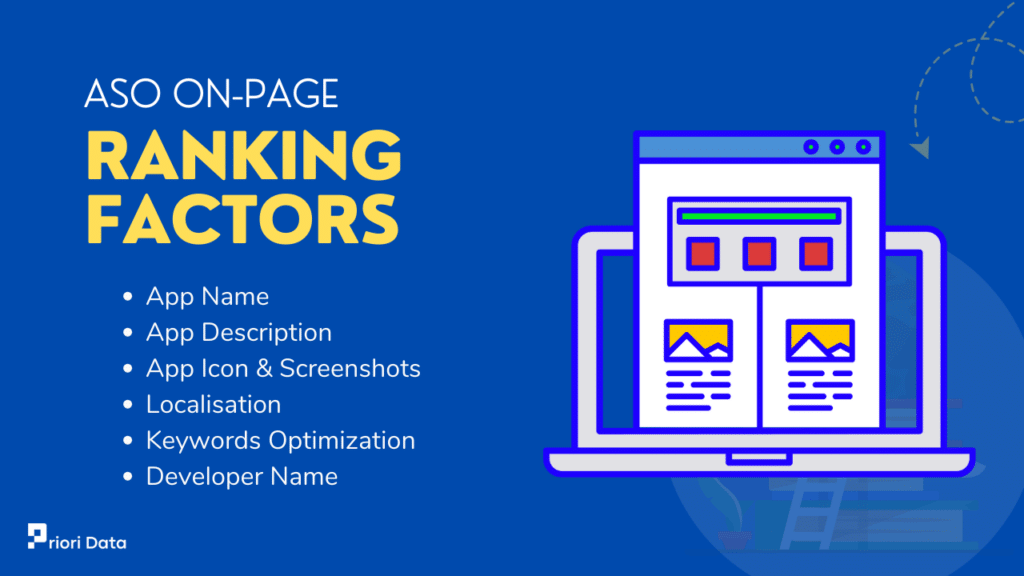
| ASO | SEO |
|---|---|
| App Name | Title Tags “H1, H2, H3” |
| App Description | Content & Tropical Authority |
| App Icon & Screenshots | Internal Linking & Image Optimisation |
| Localisation | Website Speed |
| Keywords Optimization | Keywords Optimization |
| Developer Name | URL structure |
On-Page Ranking Factors
| ASO | SEO |
|---|---|
| Ratings & Reviews | Backlinks |
| Number of Downloads | Anchor Texts |
| Uninstall Rate | Social Signals |
What Does ASO Companies Do?
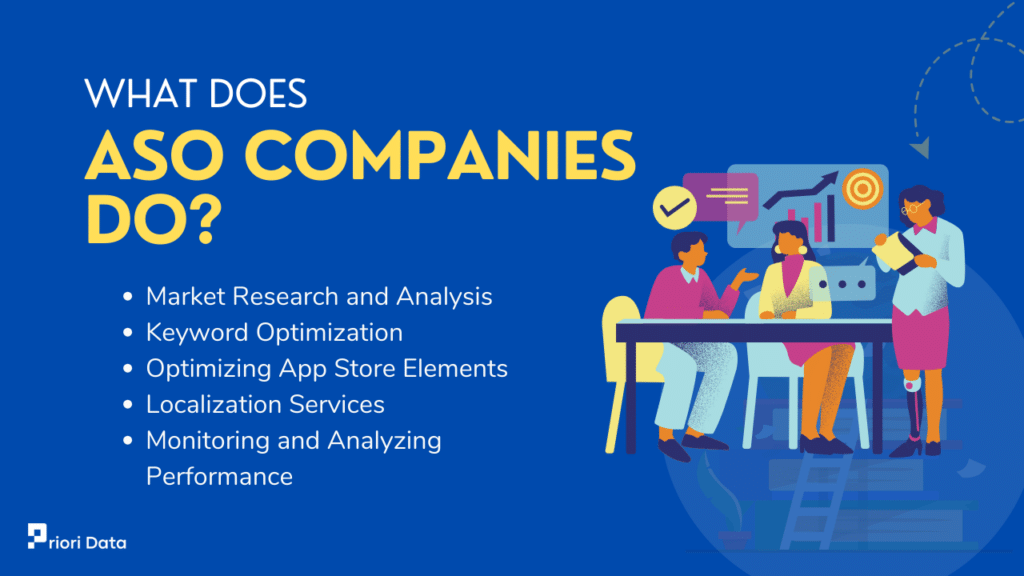
1. Market Research and Analysis
ASO companies do thorough market research. They analyze current trends, identify key competitors, and understand what works for your specific app category.
This research includes analyzing keywords, understanding user behavior, and keeping an eye on the app store algorithms that are constantly changing.
2. Keyword Optimization
One of the core tasks of ASO companies is keyword optimization. They identify the most relevant and effective keywords that your target audience is using to search for apps.
This process involves a delicate balance between high search volume and low competition to maximize your app’s visibility.
3. Optimizing App Store Elements
The app title, description, and visuals play a significant role in attracting users.
ASO companies specialize in crafting compelling titles, engaging descriptions, and creating eye-catching icons and screenshots. With over a decade of experience, they know what makes an app listing appealing and clickable.
4. Localization Services
For apps targeting multiple regions, localization is key. ASO companies localize your app name, descriptions, and other elements for targeting users of different geographies.
This goes beyond mere translation; it’s about adapting your app’s message to different cultures.
5. Monitoring and Analyzing Performance
ASO is not a one-time task. It requires continuous monitoring and tweaking of keyword, screenshots, and other elements until you get a perfect optimized listing.
ASO companies track your app’s performance, analyze user feedback, and monitor changes in app store algorithms. They use this data to make informed decisions and make adjustments to your ASO strategy.
6. User Feedback and Rating Management
User reviews and ratings significantly impact your app’s visibility and credibility. These companies help manage this aspect by strategizing ways to encourage positive reviews and appropriately respond to negative feedback.
This includes implementing features in the app that prompt user reviews in a non-intrusive way.
7. A/B Testing
A/B testing is a powerful tool used by ASO companies to optimize app store pages. By testing different versions of your app’s page, they can determine what works best in terms of conversions.
This includes testing various elements like screenshots, descriptions, and even different keywords.
How to choose an ASO company for your App?
Choosing the right ASO service is very crucial for your app. Keep in mind the following things before making a decision:
- Experience and Track Record: Look for a company with a substantial track record. Experienced firms are likely to have navigated the evolving app store algorithms and understand what works. Review their case studies and success stories for insights into their expertise.
- Understanding of Your Niche: Every app category has a different approach. The company should have a deep understanding of your app’s niche and the behavior patterns of its target audience.
- Comprehensive Services: ASO is a holistic process. Choose a company that offers a comprehensive range of services including market analysis, keyword research, on-metadata, and off-metadata optimization, conversion rate optimization, and continuous monitoring and adjusting.
- Data-Driven Approach: Decision-making in ASO should be based on data and analytics. The company should have access to advanced ASO tools and analytics to track the performance of various strategies.
- Transparency and Communication: Regular communication and transparency are crucial. The company should keep you informed about the strategies implemented and their outcomes.
- Innovative and Adaptive: The digital landscape is constantly changing. The ideal ASO company should not only be aware of the latest trends and algorithm changes but also be adaptive and innovative in its approach.
- Customer Reviews and Testimonials: Customer reviews can provide valuable insights into the company’s reliability and quality of service. Check for testimonials and reviews on their website or third-party platforms
- Cost-Effectiveness: While cost shouldn’t be the only determining factor, it’s important to ensure that the services offered align with your budget without compromising on quality.



